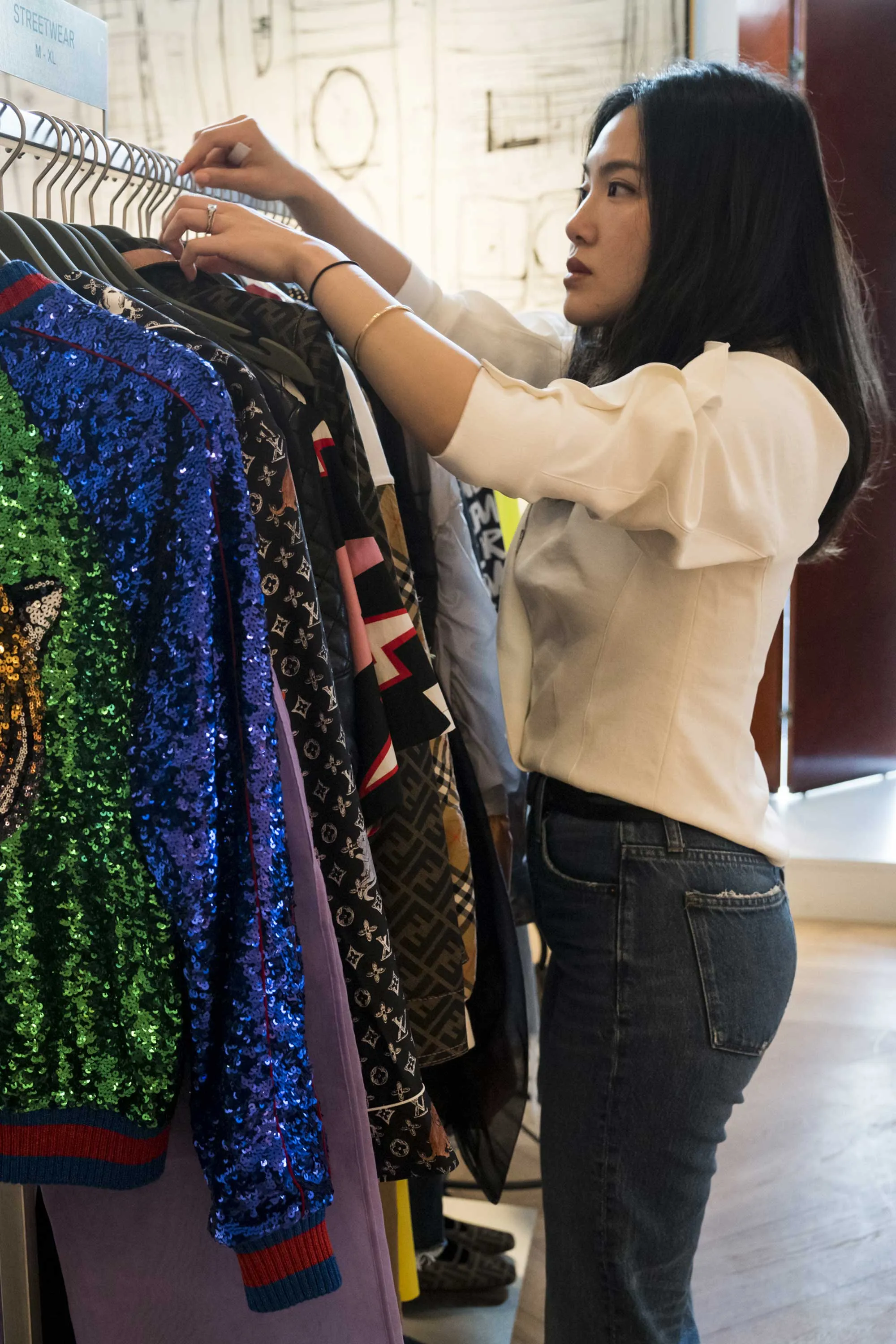
As brands across the industry launch their own resale programmes, the secondhand market boom is picking up speed — but is it sustainable?
Most brands say yes. New resale launches come in step with claims of circularity and shrunken environmental impact. Lululemon touted “a major step toward a circular eco-system” with its US resale platform. Hugo Boss’s resale launch included comments that secondhand purchases on average are 44 per cent lower in carbon emissions than new purchases. Target says it is testing resale with Thredup “in service to deliver on evolving guest needs, value and bold commitments to sustainability”.
In fashion, resale has evolved from being a side business that many brands were afraid to touch to a golden opportunity they can’t seize fast enough. Eileen Fisher, Patagonia and REI, which have welcomed and offered resale for years, have been joined more recently by a flood of brands launching their own platforms or partnering with others to establish a resale presence. The RealReal announced its first brand partnership with Stella McCartney in 2017, followed by Burberry and then Gucci, and the interest in brand partnerships has grown steadily since. (“It’s constant now,” says Allison Sommer, VP of public affairs and business development at The RealReal.)
[…] However, it’s not a clear cut win for sustainability. While giving new life to old garments is one way to deal with clothing waste, for material sustainability benefits to occur brands need to explain if and how they expect resale to improve their total environmental footprint as a company (which few do) and many are particularly quiet about whether recommerce will mean they produce fewer new clothes.
Measuring resale’s impact
When consumers shop resale instead of new, the immediate benefits are clear. “When you think about the fact that about 70 per cent of emissions come from creating and consuming an item, and then layer on how complicated it is to reinvent supply chains, resale is a proven ready-to-go, scalable solution to mitigate fashion’s footprint,” says Sommer of The RealReal. “If you have something that’s going to take years, if not decades, in terms of looking at the production side versus something that you can do today, resale is a no-brainer.”
However, calculating the overall sustainability impacts of a resale programme is nearly impossible. In addition to all the variables that contribute to a garment’s individual footprint, such as how far it was shipped or how much cleaning it needed, whether consumers treat resale shopping as a direct replacement for purchases of new clothes, or the extent to which brands plan to make fewer new products if their resale channel grows strongly enough, is not readily available information. The latter might be the single biggest metric for determining the environmental benefits of resale, but that’s not something anyone tracks at industry level and, if there are brands that do track it internally, they don’t share it readily.
Read the full article on Vogue Business
